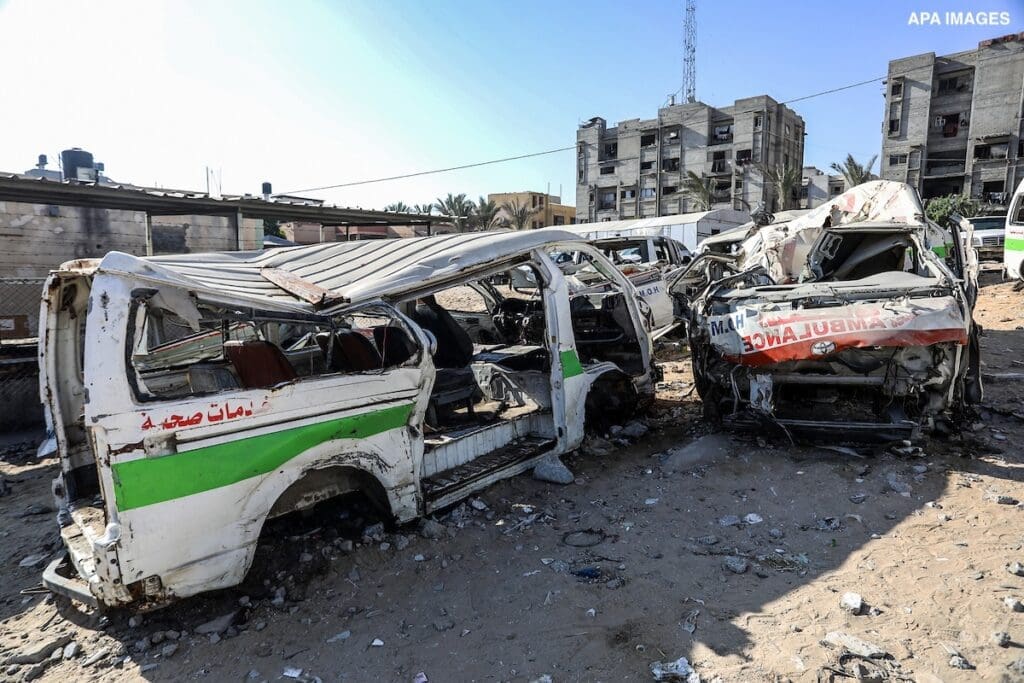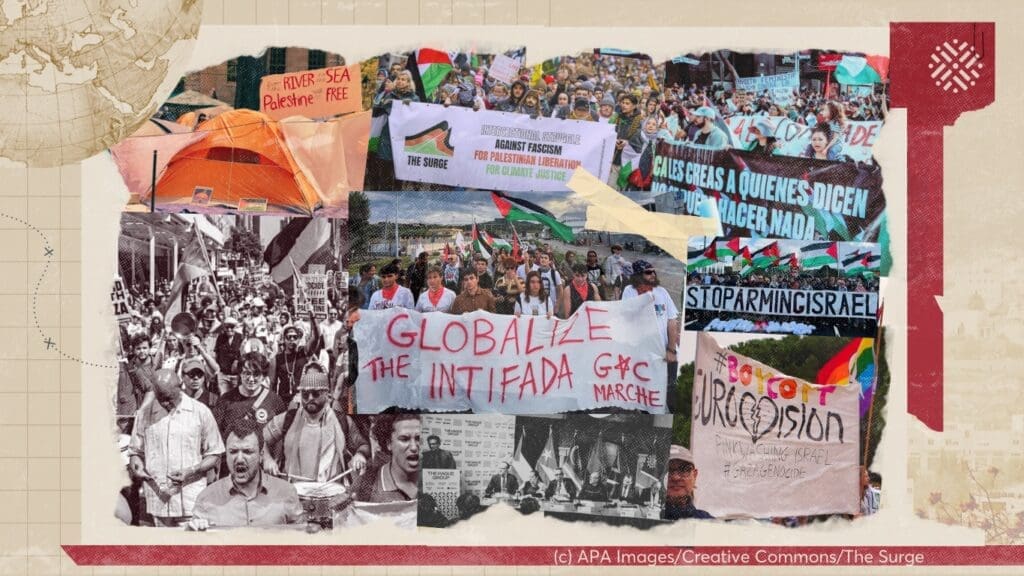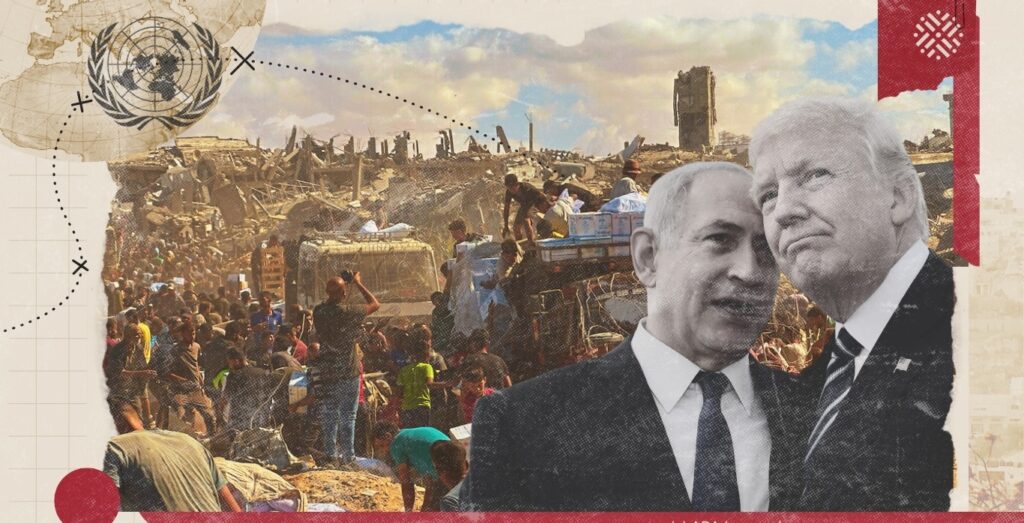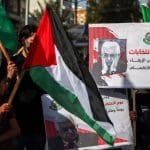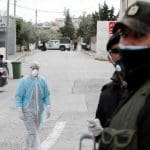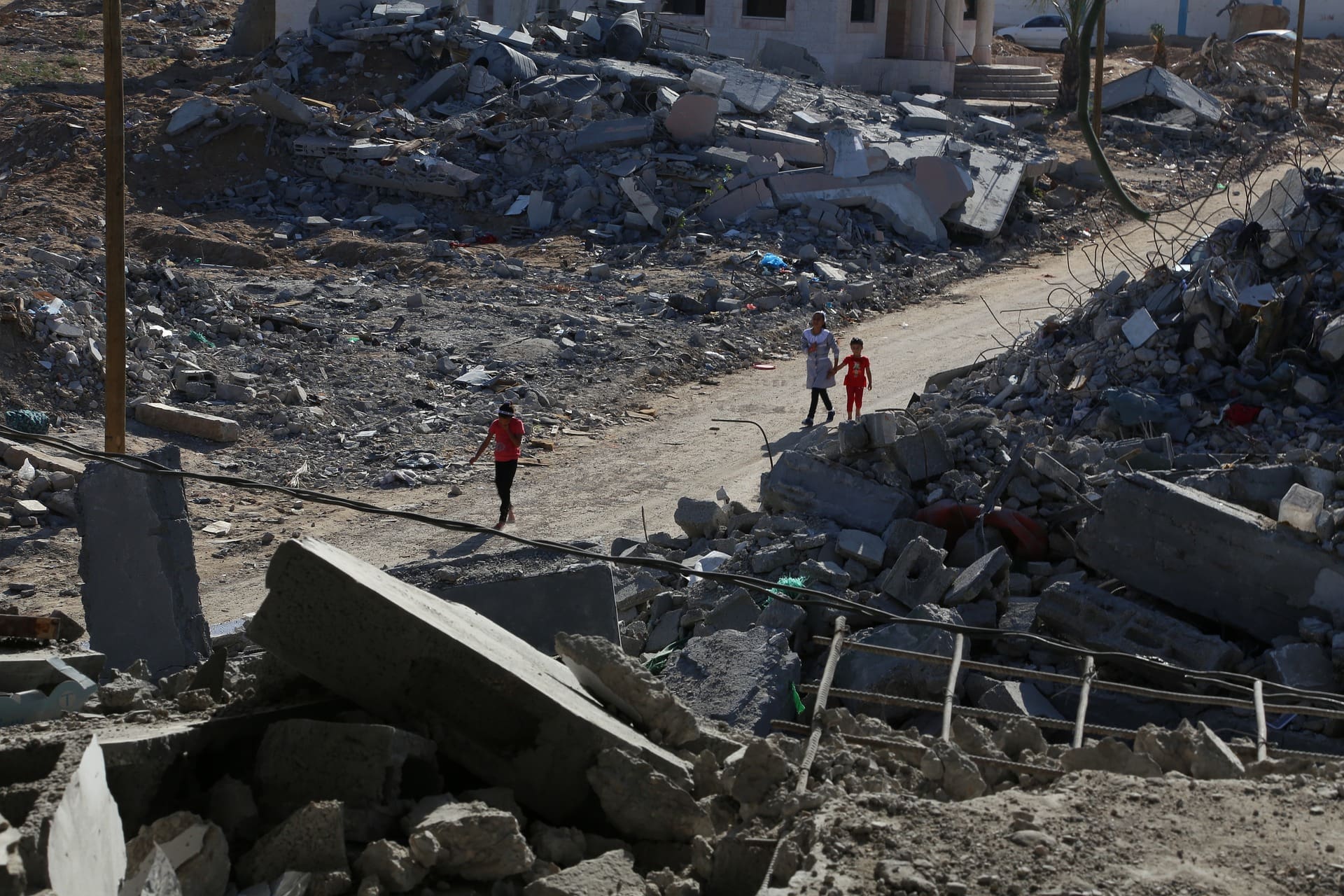
For years, Palestinians have decried the devastating conditions in Gaza, only to see those conditions continue to worsen. What’s prevented real change from happening on the ground, and what ramifications has this had on Palestinians in Gaza and the broader struggle for Palestinian liberation?
In this policy lab, analysts Tareq Baconi and Yasmeen El-Khoudary weigh in on these questions and more.
Al-Shabaka Member Yasmeen El Khoudary is an independent London-based researcher and writer specialised in Palestinian archaeology and cultural heritage, with a focus on Gaza. She...
Tareq Baconi serves as the president of the board of Al-Shabaka. He was Al-Shabaka's US Policy Fellow from 2016 - 2017. Tareq is the former...

